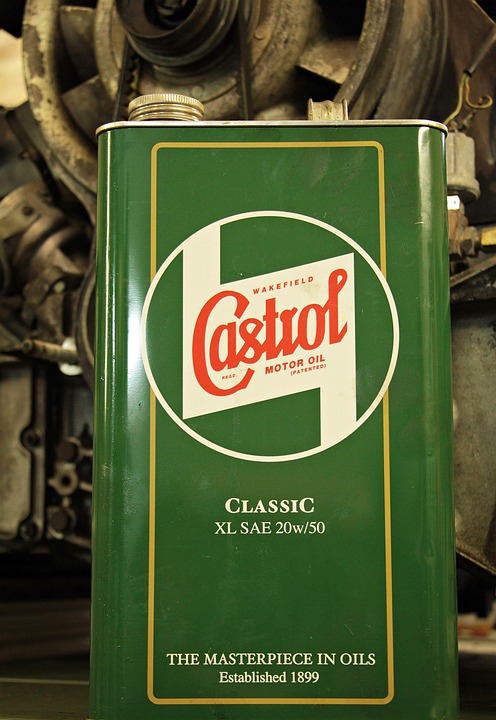When it comes to staying warm during chilly weather, oil-filled heaters have become a popular choice for many households. These devices are known for their ability to emit cozy warmth for extended periods even after they’ve been turned off. Ever wondered why oil in an oil-filled heater retains heat so effectively? Let’s delve into the science behind this phenomenon and uncover the magic that keeps you snug.
The Role of Thermal Inertia
At the heart of the heat retention capability lies a concept called thermal inertia. Think of it as the tendency of a substance to resist changes in temperature. Oil is an excellent thermal conductor, meaning it can transfer heat quite efficiently. When the heating element inside the oil-filled heater warms up the thermal oil, the oil stores that heat energy like a sponge soaking up water.
Heat Capacity: Oil’s Superpower
One of the key reasons behind the heat retention prowess of oil is its high heat capacity. Heat capacity is the measure of how much heat energy a substance can store for a given temperature change. Oil has a relatively high heat capacity compared to other materials commonly used in heaters, such as metal or ceramic. This means that it can absorb a substantial amount of heat energy without experiencing a significant rise in temperature itself.
Slow and Steady Heat Release
When you turn off an oil-filled heater, the magic of heat retention begins. The warm thermal oil inside the heater continues to release heat into the surrounding environment. The high heat capacity of oil allows it to release this stored heat energy slowly and steadily. As a result, even after the heater is switched off, the oil-filled radiator continues to emit warmth, providing a comfortable environment.
The Power of Convection
Convection is another contributing factor to the prolonged heat emission of oil-filled heaters. As the oil inside the heater heats up, it becomes less dense and rises due to buoyancy. This upward movement causes cooler air to flow in, creating a natural convection current. This convection process helps distribute the heat more evenly throughout the room and prevents the formation of hotspots.
Keeping the Heat Enclosed
The design of oil-filled radiators plays a significant role in heat retention as well. These heaters are sealed units, meaning the oil is contained within a closed system. This enclosure prevents the loss of heat to the surroundings, allowing the oil to maintain its elevated temperature for an extended period. Without this sealed design, the heat would dissipate more quickly, and the heater wouldn’t be able to provide consistent warmth.
Managing Energy Consumption
The ability of oil-filled heaters to retain heat comes with an energy-saving advantage. Because these heaters can continue emitting warmth even after they’re turned off, they don’t need to run constantly to maintain the desired temperature. This cyclical operation helps manage energy consumption, making oil-filled heaters more efficient compared to conventional electric heaters that need to continuously draw power.
Conclusion
In the realm of heating options, oil-filled radiators shine not just because they keep you warm steadily, but also because they’re really good at saving energy. The science of heat retention through thermal inertia, high heat capacity, and convection currents all contribute to their effectiveness. The next time you bask in the cozy warmth of an oil-filled heater, you can appreciate the scientific marvel happening inside that keeps you snug and comfortable.
